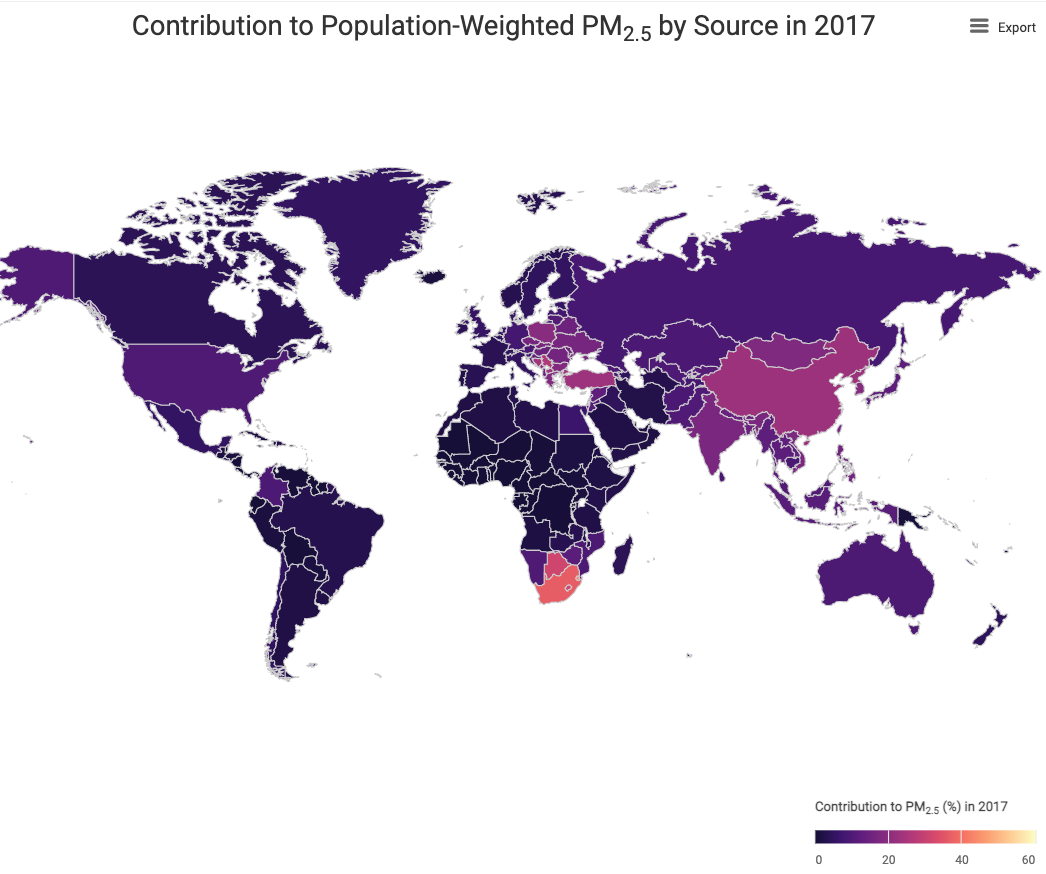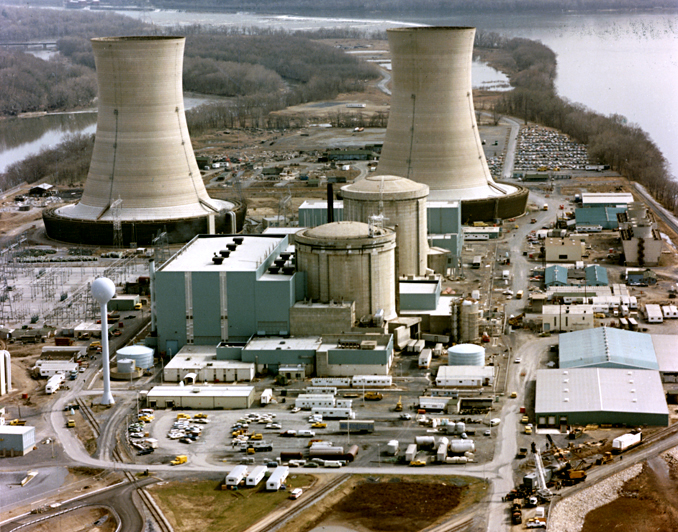
en.wikipedia.org
"Some
epidemiological studies analyzing the
rate of cancer in and around the area since the accident did not determine that there was a
statistically significant increase in its rate, while others did. However, due to their nature, such studies cannot conclusively establish whether or not there was a
causal connection linking the accident with these cancers.
[12][13][14][15][16][17][18]"
12) Hatch, Maureen C.; et al. (1990). "Cancer near the Three Mile Island Nuclear Plant: Radiation Emissions".
American Journal of Epidemiology.
132 (3): 397–412.
doi:
10.1093/oxfordjournals.aje.a115673.
PMID 2389745.
13) ^
Jump up to:a b Levin, R.J. (2008). "Incidence of thyroid cancer in residents surrounding the Three-Mile Island nuclear facility".
Laryngoscope.
118 (4): 618–628.
doi:
10.1097/MLG.0b013e3181613ad2.
PMID 18300710.
S2CID 27337295. Thyroid cancer incidence has not increased in Dauphin County, the county in which TMI is located. York County demonstrated a trend toward increasing thyroid cancer incidence beginning in 1995, approximately 15 years after the TMI accident. Lancaster County showed a significant increase in thyroid cancer incidence beginning in 1990. These findings, however, do not provide a
causal link to the TMI accident.
14) ^
Jump up to:a b Levin, R.J.; De Simone, N.F.; Slotkin, J.F.; Henson, B.L. (August 2013). "Incidence of thyroid cancer surrounding Three Mile Island nuclear facility: the 30-year follow-up".
Laryngoscope.
123 (8): 2064–2071.
doi:
10.1002/lary.23953.
PMID 23371046.
S2CID 19495983.
15) ^
Jump up to:a b Han, Y Y.; Youk, A.O.; Sasser, H.; Talbott, E.O. (November 2011). "Cancer incidence among residents of the Three Mile Island accident area: 1982–1995".
Environ Res.
111 (8): 1230–1235.
Bibcode:
2011ER....111.1230H.
doi:
10.1016/j.envres.2011.08.005.
PMID 21855866.
16) ^
Jump up to:a b Hatch, M.C.; Wallenstein, S.; Beyea, J.; Nieves, J. W.; Susser, M. (June 1991).
"Cancer rates after the Three Mile Island nuclear accident and proximity of residence to the plant".
American Journal of Public Health.
81 (6): 719–24.
doi:
10.2105/AJPH.81.6.719.
PMC 1405170.
PMID 2029040.
17) ^ "Backgrounder on the Three Mile Island Accident: Health Effects". U.S. Nuclear Regulatory Commission. Retrieved January 13, 2018. The NRC conducted detailed studies of the accident's radiological consequences, as did the Environmental Protection Agency, the Department of Health, Education and Welfare (now Health and Human Services), the Department of Energy, and the Commonwealth of Pennsylvania. Several independent groups also conducted studies. The approximately 2 million people around TMI-2 during the accident are estimated to have received an average radiation dose of only about 1 millirem above the usual background dose. To put this into context, exposure from a chest X-ray is about 6 millirem and the area's natural radioactive background dose is about 100–125 millirem per year for the area. The accident's maximum dose to a person at the site boundary would have been less than 100 millirem above background. In the months following the accident, although questions were raised about possible adverse effects from radiation on human, animal, and plant life in the TMI area, none could be directly correlated to the accident. Thousands of environmental samples of air, water, milk, vegetation, soil, and foodstuffs were collected by various government agencies monitoring the area. Very low levels of radionuclides could be attributed to releases from the accident. Comprehensive investigations and assessments by several well-respected organizations, such as Columbia University and the University of Pittsburgh, have concluded that in spite of serious damage to the reactor, the actual release had negligible effects on the physical health of individuals or the environment.
18) ^ Goldenberg, D, Russo, M, Houser, K, Crist, H, Derr JB, Walter V, Warrick JI, Sheldon KE, Broach J, Bann, DV (2017).
"Altered molecular profile in thyroid cancers from patients affected by the Three Mile Island nuclear accident".
Laryngoscope. 127 supplement 3: S1–S9.
doi:
10.1002/lary.26687.
PMID 28555940. Findings were consistent with observations from other radiation-exposed populations. These data raise the possibility that radiation released from [Three Mile Island] may have altered the molecular profile of [thyroid cancer] in the population surrounding TMI.








